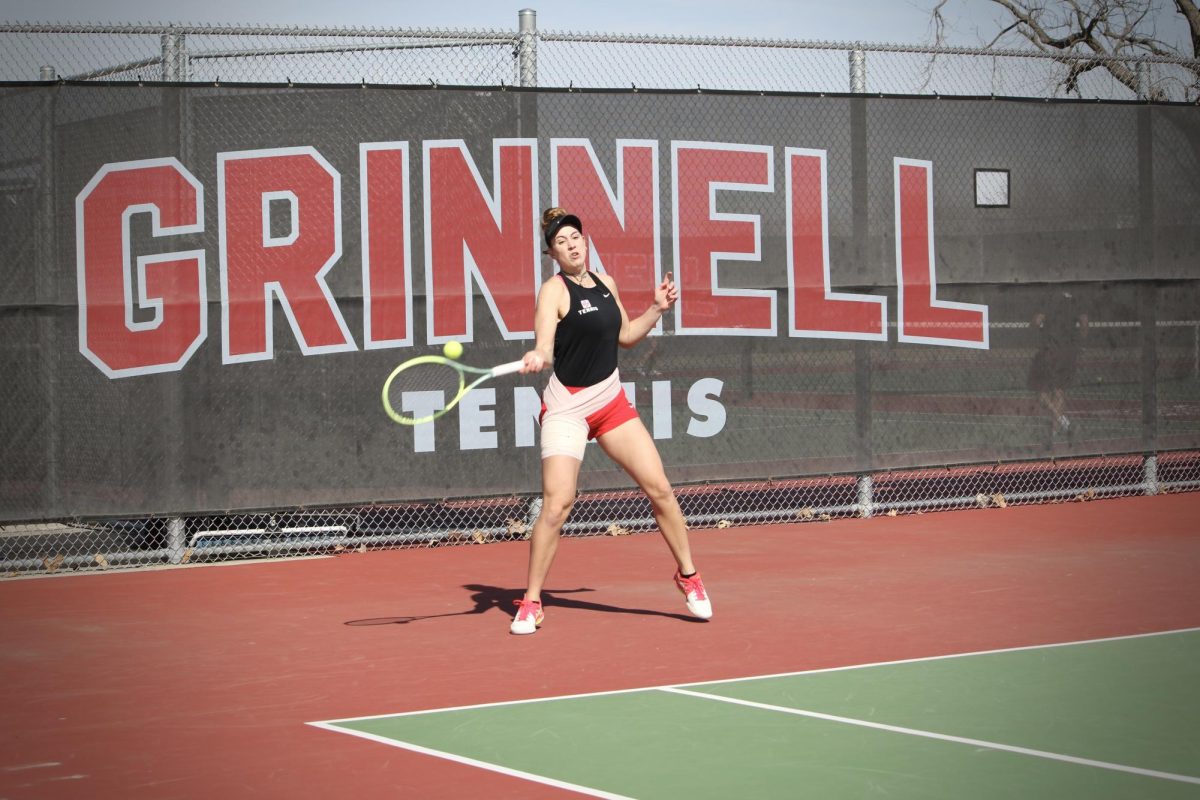Typically, the selection process for the NCAA Men’s Basketball Tournament is shrouded in secrecy, with any dissent hidden behind closed doors. I’ve always imagined it to be a bit like the nomination of Sideshow Bob (Roberts) to be the Springfield Republican Party’s candidate for Mayor. The NCAA chairman coos “Excellent,” as the bracket is completed; Krusty the Clown and The Rich Texan nod with approval. Without Bart and Lisa to unmask the injustice behind the tournament, teams finding themselves on the wrong side of the bubble have nothing to do but stifle their gripes and muster some interest in the NIT a.k.a the Not Invited Tournament. This year, however, fans and teams alike will be given far greater access to the selection committee’s inner machinations as its highest ranking members (Dr. Hibbert?) will take to the airwaves on truTV to defend their choices immediately following the unveiling of this year’s bracket on Selection Sunday, March 11. The committee will also reveals its “S-curve,” a ranking of all the teams in the tournament from first overall—Kentucky, barring an upset in the SEC Tournament—to 68th.
This level of transparency is unprecedented for the controversy-averse governing body of college sports; it is incredibly refreshing. Organizing a postseason in college sports, where the vast majority of teams worthy of the postseason don’t face each other in the regular season, is incredibly difficult. To reveal the process behind the selections gives the entire process greater legitimacy. Teams that make the Big Dance with dubious credentials will now find advocates from the committee; those whose bubbles are burst on Selection Sunday will receive a clear rationale for their exclusion.
As great as it is that the NCAA will now actually tell fans why their teams are or aren’t going dancing, I’d like to see another reform happen before next March: getting rid of the RPI, which stands for Ratings Percentage Index, a metric created by the NCAA to bring objectivity to tournament selections by using a formula rather than the dreaded “eye test” or the extremely biased media and coaches polls. The RPI comprises a team’s winning percentage, its opponents’ winning percentage, and the winning percentage of its opponents’ opponents. This heavy emphasis on strength of schedule often hinders mid-major teams, who have a limited number of spots for games against top-tier competition before their cupcake conference foes.
The RPI is certainly not the only factor going into a team’s selection and the committee does not have to pretend otherwise. It is simply an outmoded metric that has far too much influence given its obvious shortcomings compared to the many more advanced metrics which have emerged since its creation.
Rather than RPI, the tournament ought to look at a combination of different, better metrics which take exponentially more factors into account. Even better, these metrics look at how teams play rather than whom they play. Ken Pomeroy, Jeff Sagarin, Kenneth Massey, and even ESPN’s ballyhooed new BPI all take efficiency on offense and defense and tempo (number of possessions) into account to create a much better predictor of how good these teams actually are.
Selection Sunday has always been a clearer and more legitimate process than BCS selections. But every year the committee risks excluding teams capable of making the type of miraculous Final Four run that the Virginia Commonwealth Rams made last year after sneaking into the field’s inaugural First Four. Imagine if the 2005 George Mason team hadn’t been given an at-large bid due to their weak RPI. For instance, could last year’s NIT Champion Wichita State Shockers have made a similar run if they had made the NCAA field? We’ll never know.
The over-reliance on RPI (and its over-reliance on strength of schedule) leads to the problems in selection that the committee will have to defend on Sunday. Do they allow in more power conference teams with bad losses because of their overall strength of schedule? Or do they reward the mid-majors who won a lot of games but never faced the same level of consistently tough competition, but have proven themselves worthy opponents, tournament after tournament? With poor metrics, power conference teams will always have advantage over mid-majors because the committee won’t be able to shake preconceived notions of name brand teams being inherently better. Mid-major teams like Murray State, Iona, Long Beach State, Drexel, Colorado State, Nevada, South Dakota State, Oral Roberts, Dayton, St. Joe’s, Davidson, and Harvard all have strong profiles but will (or, in the case of those that have already punched their ticket via a conference title, would) struggle to get a fair shake at an at-large bid. Power conference teams like Texas, UConn, West Virginia, Seton Hall, Miami (Fl.), Northwestern, Oregon or NC State with equally suspect profiles as the worst of those mid-majors will probably get the benefit of a doubt thanks to the perceived quality of their competition.
It will be interesting to see how things shake out this year with an epically soft bubble and teams drifting in and out of the bracket every day. March Madness is tied with the Bowl Season as my favorite sporting event of the year (NBA playoffs are a close third). It’s unique to the world of sports: a large field of teams admitted from a multitude of leagues playing single-elimination games, all with a chance at the title. The shocking upsets, the heroic buzzer-beaters, the Cinderella stories and the imploding traditional power, all will be on display in one of sport’s finest spectacles. I just want to make sure everyone sees the most competitive games possible.
Kray-$/Krayfish/Kraying Mantis’s (Mizzou: Team of Destiny) Pre-Bracket Final Four (champion in italics):
Initial Inclination: Kentucky, Syracuse, Mizzou, Michigan State
On Second Thought: Kentucky, Kansas, Mizzou, Wichita State




























































